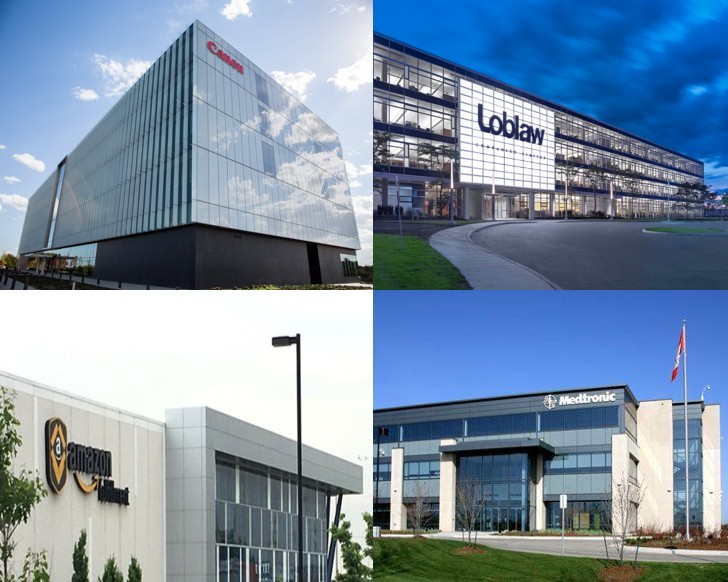
Latest jet-setting economic development strategy will once again try to lure global companies to Brampton
If at first you don’t succeed, try again.
Those words could easily be the mantra of the City of Brampton’s economic development team, which is once again presenting a path forward for attracting foreign investment to the city, something desperately needed if Brampton is to shift its reputation as a sleepy bedroom community to that of a thriving urban centre.
But the latest jet-setting initiative comes with its own baggage, as previous councils have followed a similar plan of fanning out across the globe to win foreign investment, with very little to show for all the previous travel.
The first phase of Brampton’s Foreign Direct Investment (FDI) strategy is set to go before councillors during today’s (Wednesday) committee of council meeting. It presents a familiar course of action, including persistent marketing efforts, networking opportunities and travel missions, to put what Brampton has to offer in front of global investors.
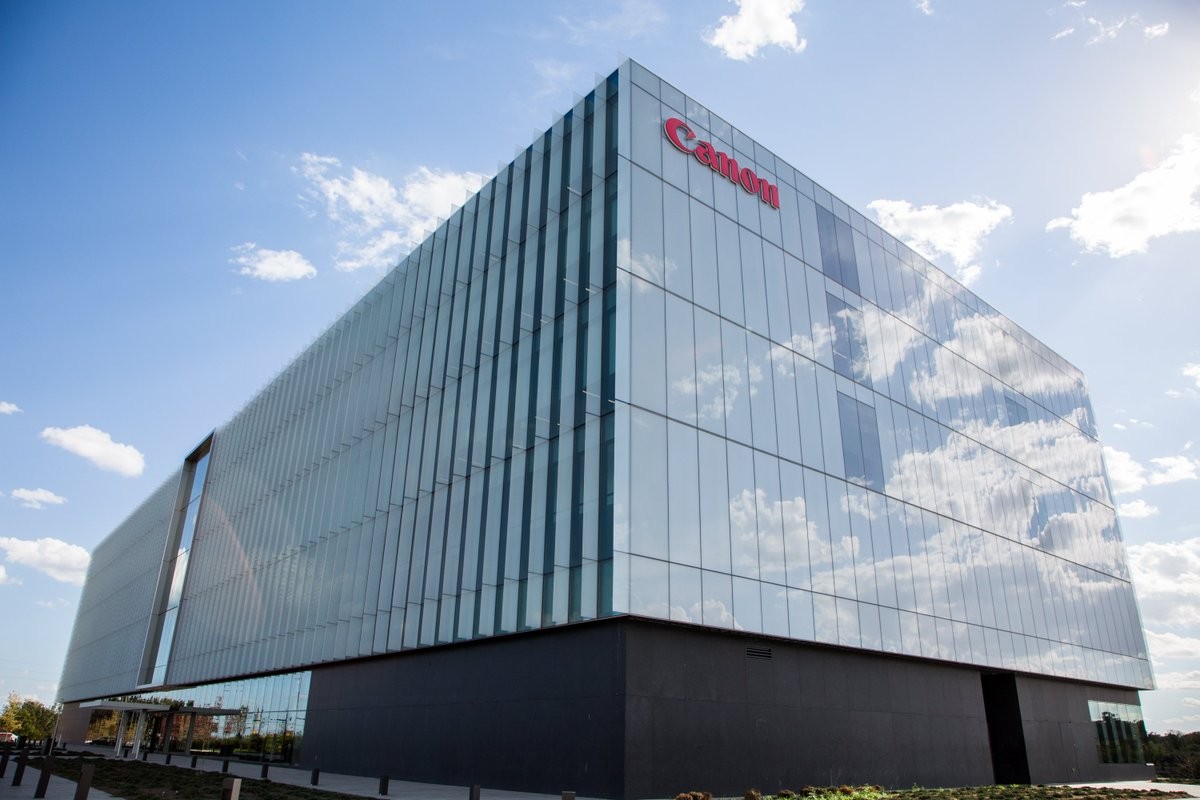
Brampton's Canon office
The work plan for 2019, lessons from which will be leveraged into a full-fledged FDI strategy, carries a $600,000 price tag. Those funds will come from the 2019 capital budget. The plan, if approved by council, will see councillors and staff hopping on airplanes on numerous occasions to attend some of the world’s busiest trade conferences and summits.
With the looming economic revolution, driven by automation and artificial intelligence platforms, hundreds of thousands of jobs that Brampton residents currently rely on, won’t exist in the near future. If the city doesn’t want to get left behind in the new economy, the jobs of the future have to be established here, soon.
A focus on FDI has been a recurring plank of Mayor Patrick Brown’s plan for modernizing Brampton’s business base. Fresh investment is a necessity for Brampton and Peel Region as they face a shifting economic landscape less reliant on manufacturing and more focused on locally based white-collar employment and tele-commuting jobs. Manufacturing jobs in Peel, as a proportion of the total, have declined since 2001, dropping from 22 percent to 15 percent in 2017, and with the future of the huge Fiat Chrysler assembly plant uncertain, some 4,000 jobs there and all of the spin-off work in the city's auto-manufacturing sector could also be in jeopardy.
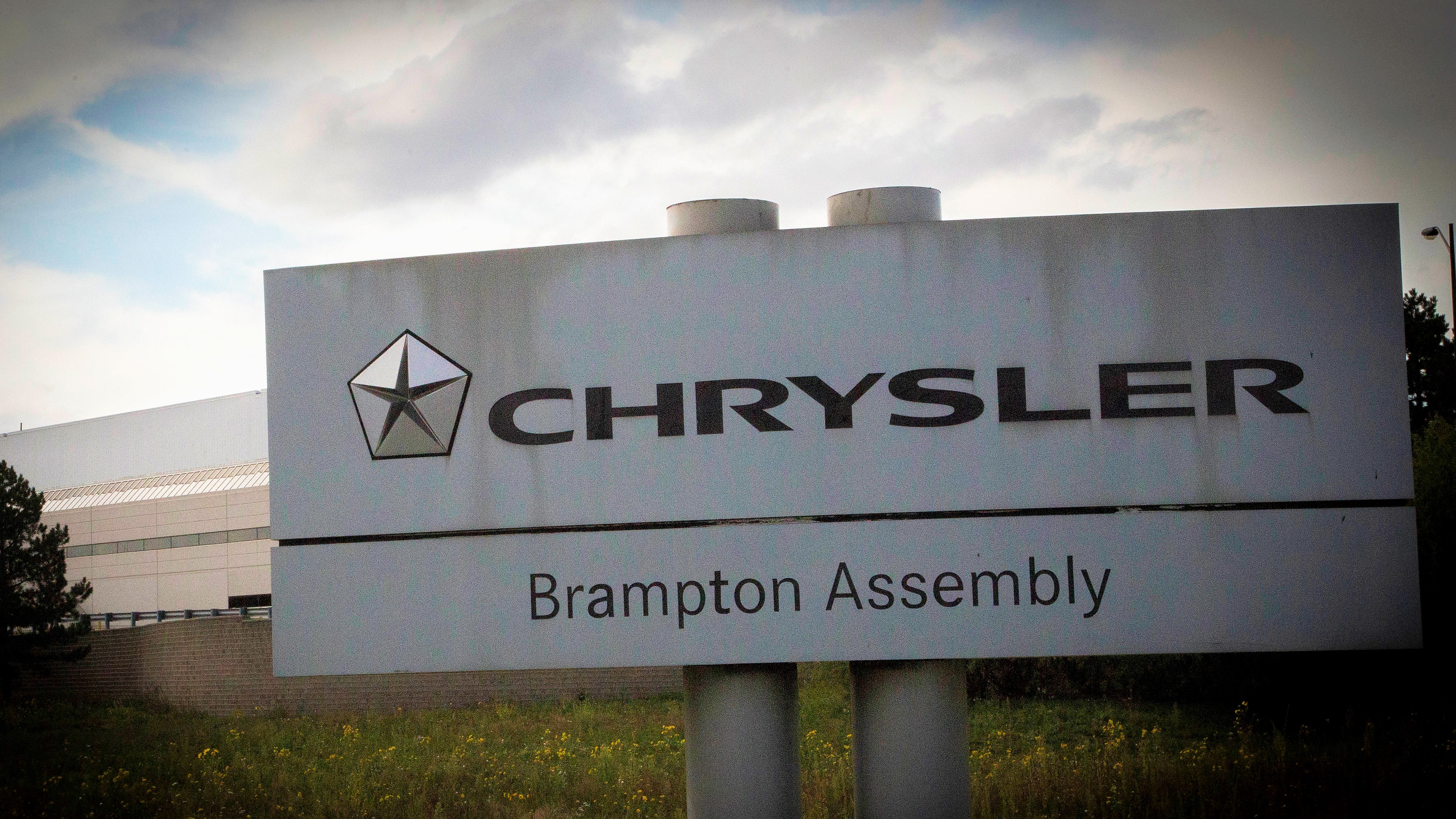
Attracting more modern industry and business to Brampton will also help boost the city’s flagging commercial tax base, whose weakness has placed a growing burden on the residential property tax base and bloated homeowner tax bills in the years before Brown’s tax freeze this year.
While Brown did not return a request for comment on the FDI strategy ahead of today’s meeting, he’s spoken at length in the past about the importance of such an initiative. It was a main theme of his inaugural address to the city after being sworn-in in December.
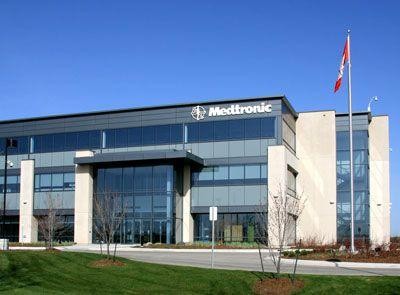
Brampton's Medtronic office, where the medical technologies company is located
“My number one priority for Brampton is bringing jobs and investment to our city,” Brown said at the time. “We can’t allow Brampton to become a bedroom community … Every development will be looked at through the lens of economic development.”
Brown’s vision was further refined in his first state-of-the-city address, delivered almost two months later before members of the Brampton Board of Trade (BBOT). The speech, attended by Turkey’s Consul General, Erdeniz Sen, came on Jan. 30, only five days after Brampton councillors gave staff the go-ahead to begin working on the recently completed FDI work plan.
According to the city’s report, the hope is that efforts for 2019 will snowball into a full-fledged FDI strategy that will work to coordinate marketing and targeted investment efforts across the city and throughout Brampton’s business community. An RFP will be issued shortly to recruit a third-party firm to conduct an analysis of Brampton and what it has to offer.
Along with marketing efforts, which include digital and print ads and advertising directed toward inbound international passengers at Pearson International Airport, there will also be a series of investment missions across the globe.
Trips to several conferences are planned for this fall, including Boston and China in October, Portugual for a web summit in November, and Febtech, a conference focused on metal manufacturing, taking place in Chicago also in November.
The trips to the United States are no surprise; the majority of FDI in Canada (49 percent) comes from the U.S., according to Brampton’s report. Markets in India are also listed as current opportunities for investment, though no trips there are planned currently.
Todd Letts, the BBOT chief executive officer, says the BBOT stands firmly behind the city’s efforts to bring further investment and jobs to the city, but adds that the business community will be keeping a vigilant eye on city hall and these investment-seeking trips to ensure the city sees results.
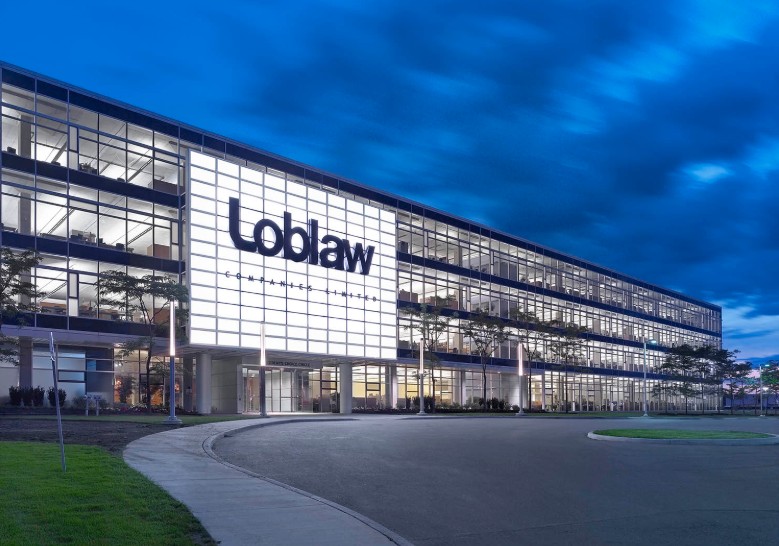
Brampton's huge Loblaw headquarters; Canadian companies can also be key local employers
“If there is not a solid business case, they shouldn’t be going,” he says. “(We) don’t expect jobs all the time, right away, but nonetheless we want a professional approach to this.”
The idea of such investment-seeking travel may leave a sour taste in the mouths of many Bramptonians, as past municipal administrations have proven themselves either inept or ineffective when it comes to attracting investment with foreign junkets.
Former mayor Susan Fennell took a trip to India in January 2013, joined by former councillors John Sprovieri, Gael Miles and Vicky Dhillon. The trip became well known less for Fennell’s successes while on the trade mission — there were few — but more for the questionable expenses she racked up while abroad.
Her successor, Linda Jeffrey, continued the practice and sought a working relationship with the United Arab Emirates in January 2017. She was looking to connect with Emirati companies in the health industry specializing in medical equipment and treatment. The health and life sciences sector averages a growth rate of 6 percent annually in Brampton and employs more than 12,000 people directly or indirectly, through about 800 companies. Jeffrey also visited Israel a year earlier with former premier Kathleen Wynne’s delegation, touting the excursion as a foreign investment mission to help create a major healthcare hub in Brampton. Both met with limited tangible results.
On the bright side, Brampton retains many of the strengths that made it attractive for investors a decade ago.
Of cities within a 40-kilometre radius of Pearson International Airport, Brampton has the largest inventory of vacant residential and employment land that is ready for development. Brampton’s population is young and highly educated, making for a large talent pool for multinational companies to draw from. On top of that, Brampton is close to CN rail lines, several 400-series highways, and Pearson airport, making distribution of goods across the globe relatively easy for big corporations.
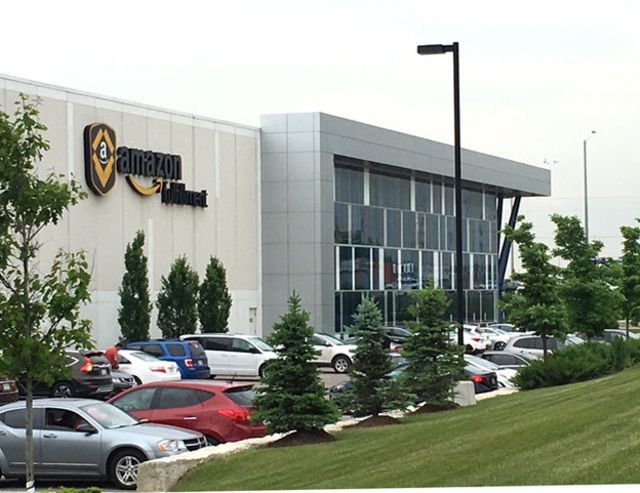
Yet, Brampton continues to struggle to lock down key employers and big investments that will create jobs in the city.
Why?
Perhaps the biggest culprit is the lack of higher-order transit in the city. For large companies employing a young workforce, alternatives to car transport are a critical factor when choosing a destination to set up shop. A perfect example was the 2018 squabble over Amazon’s second headquarters, dubbed HQ2, with the e-commerce giant eventually settling on two locations to split its headquarters, one in Arlington, Virginia, less than three miles from downtown Washington, DC, and Long Island City in New York, across the East River from midtown Manhattan (Amazon subsequently cancelled the New York plan after residents complained they would be pushed out by rapid gentrification).
Transit was listed as a key factor in the decision-making for both locations, with the Long Island location having “some of the best transit access in New York City” and the Arlington headquarters being served by three metro stations as well as commuter rail, according to an Amazon press release.
Brampton was part of an unsuccessful bid for HQ2 put together by Toronto Global, a firm that works to promote the entire GTA and its potential to foreign investors.
The City of Brampton pays a membership fee to be part of Toronto Global, with the agency receiving approximately $1.9 million total from its six member municipalities. Yet Brampton staff note in their FDI report that, while the impact on the GTA has been positive, “direct investments and leads to Brampton have been minimal” as a result of Toronto Global’s efforts.
That could be due to a variety of factors. In Brampton, the past struggles and ongoing study to bring light rail into downtown Brampton represent one problem that needs a solution, should Brampton wish to attract meaningful investment in the future.
“Get on with it, is the message the business community is saying,” Letts says.
Brampton will also need to solve an ongoing issue with downtown being designated as a special policy area, meaning that it is viewed as a flood plain, which restricts many forms of development. The designation has effectively handcuffed city planners in recent decades.
The city’s grand vision document, Brampton 2040, points to a general confusion around where and how businesses can grow in the city as being a hindrance toward serious discussion with the high-order business sector.
To solve these issues, part of the FDI strategy will focus on “asset development,” or working in Brampton’s backyard to improve its attractiveness to foreign investors. According to the project’s work plan for 2019, the only meaningful asset development initiative ongoing in 2019 is the continuing effort to develop a post-secondary education presence in Brampton. Many of the other listed items (entrepreneurship, policy improvements, incubator, and business retention and expansion) read more like filler than any real step toward improving the city’s attractiveness. Transit is not listed under the asset development category or anywhere on the 2019 work plan timeline.
So how can Brampton break the mould set in previous years? Brown has previously stated the the strategy itself is what sets this council’s plan apart. Brampton has never had a coordinated approach to FDI before. With everyone working off the same script to sell Brampton to the world, there is a better chance that perceptions of Brampton will begin to change.
“In the not too distant past, Brampton may have been perceived as a slow, sleepy suburb,” Letts says, arguing that while that is no longer the reality, many in the global marketplace are still unaware of Brampton and the potential that exists here.
And while the strategy may set the current efforts apart from the mostly unsuccessful excursions of the past, an annual analysis may also serve to keep spending and any resulting outcomes in synch.
Moving forward, the FDI strategy will include an annual cost-benefit analysis to ensure the city is seeing tangible results for the money spent. For 2019, the $600,000 budget for the first phase includes $300,000 for marketing, $200,000 for the investment missions, and $100,000 for research and analysis. The staff report notes that the annual analysis of results will be “critical” to ensuring the city makes sound decisions with its marketing efforts.
What remains unclear is how much of a focus will be placed on attracting businesses similar to those that currently call Brampton home, or whether the FDI strategy will emphasize attracting new forms of industry and business.
Judging by recent analysis of Peel Region completed by the Mowat Centre, a public policy think tank, Brampton would be smart to focus heavily on diversifying its business base.
According to Mowat’s report, estimates suggest that about 42 percent of Canada’s existing jobs could be automated over the next 10 to 20 years.
For Peel Region, this would have significant impact, as two of its main employment sectors, trades and manufacturing, are predicted to be hard-hit by automation.
Estimates suggest that 48 percent of jobs in the trades will be automated over the next two decades. Trades represent 18 percent of Peel’s workforce. Similarly, 61 percent of manufacturing jobs are expected to be taken over by automated processes within the next 20 years, a sector that represents nearly 15 percent of Peel’s workforce.
With a labour force of 873,000 workers, as of 2017, this means that approximately 157,000 jobs in the trades and 131,000 jobs in manufacturing are at risk due to automation.
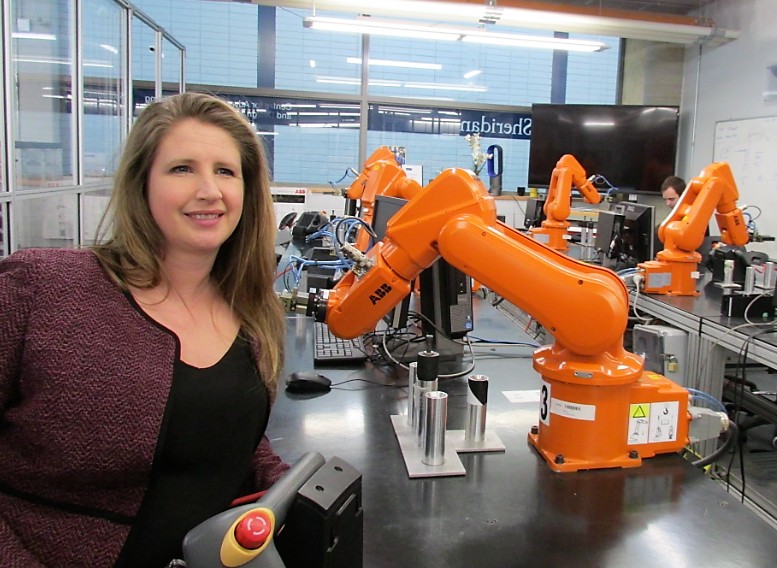
Brampton's Sheridan College robotics program prepares students for the jobs of the future
If Brampton is to avoid a mass exodus of workers, putting the focus on new and emerging technologies, whether that’s renewable energy or advanced technologies, could alleviate much of the potential damage. This direction aligns with Brampton’s position along the provincially designated “innovation corridor,” which stretches from Kitchener-Waterloo in the west, to Toronto in the east.
Email: [email protected]
Twitter: @JoeljWittnebel
Submit a correction about this story


